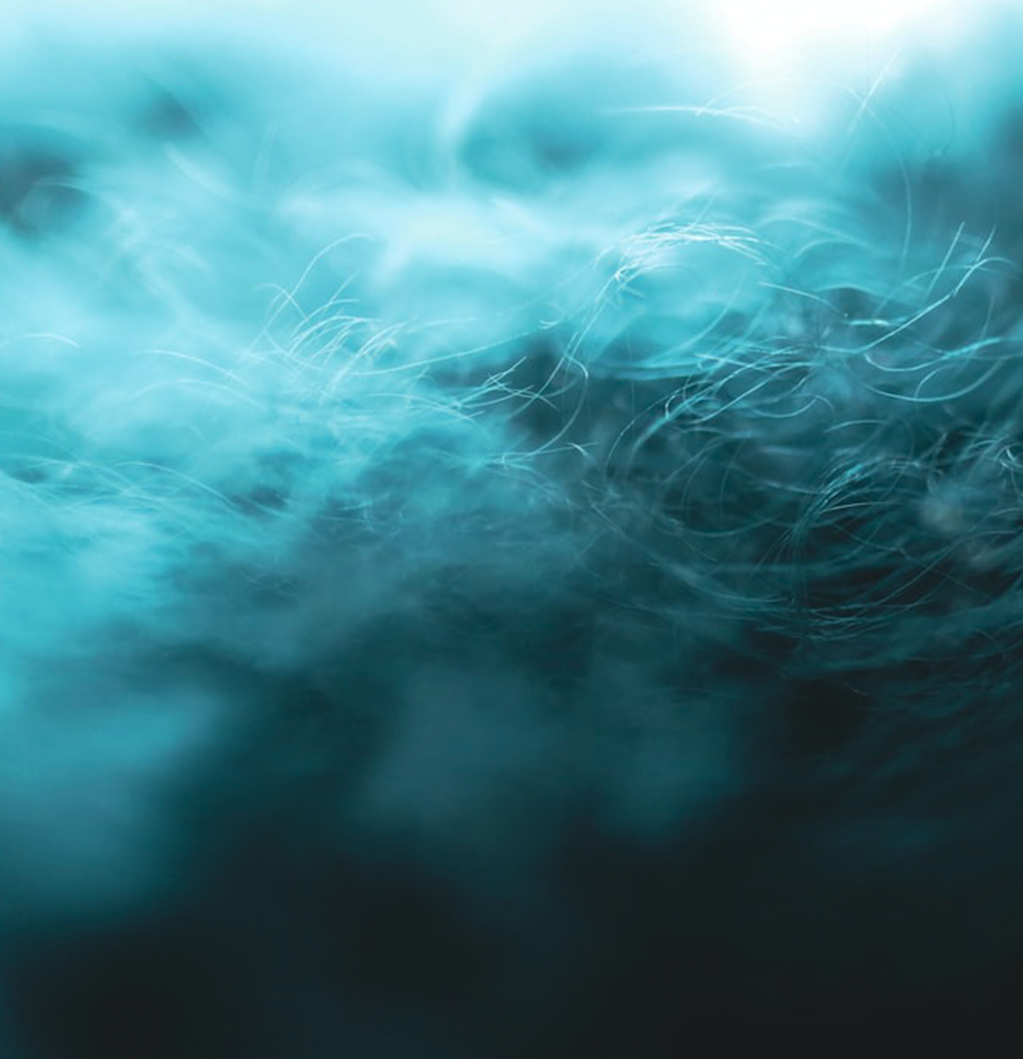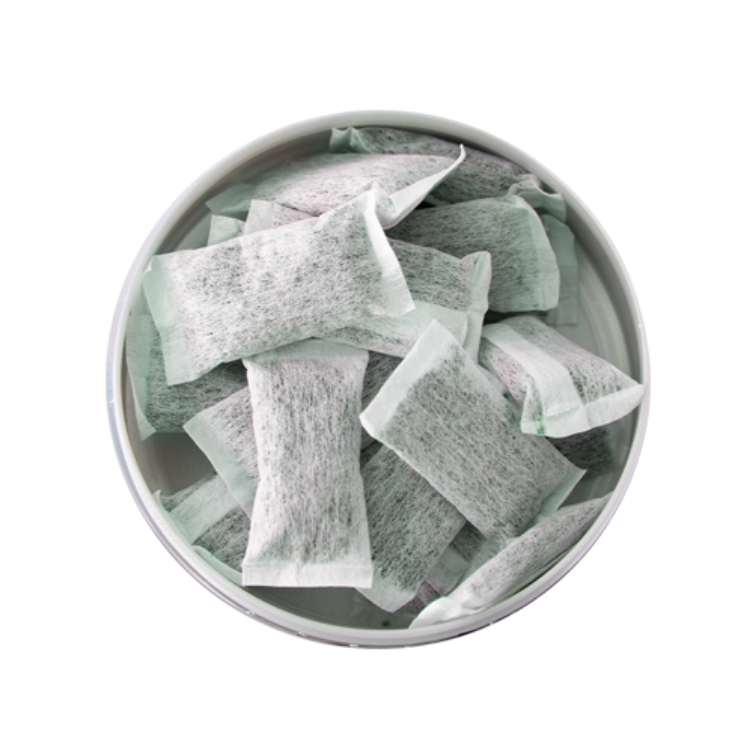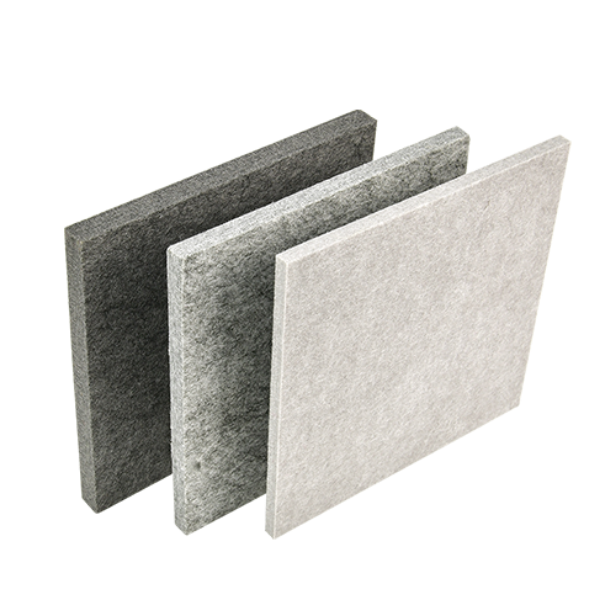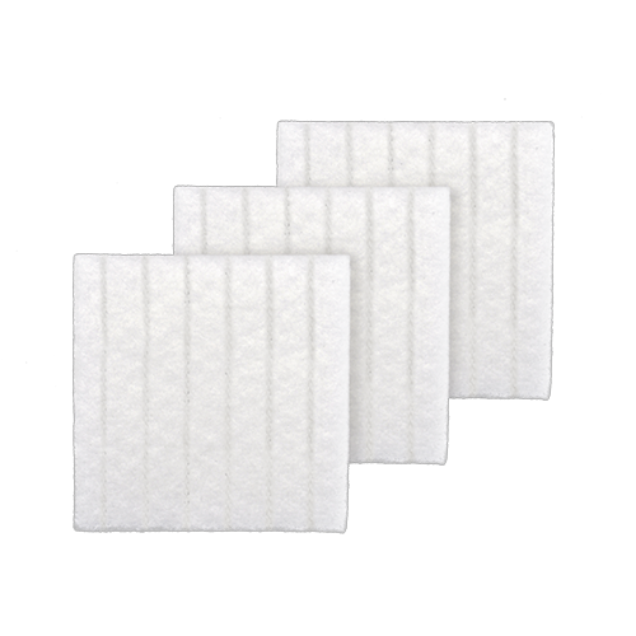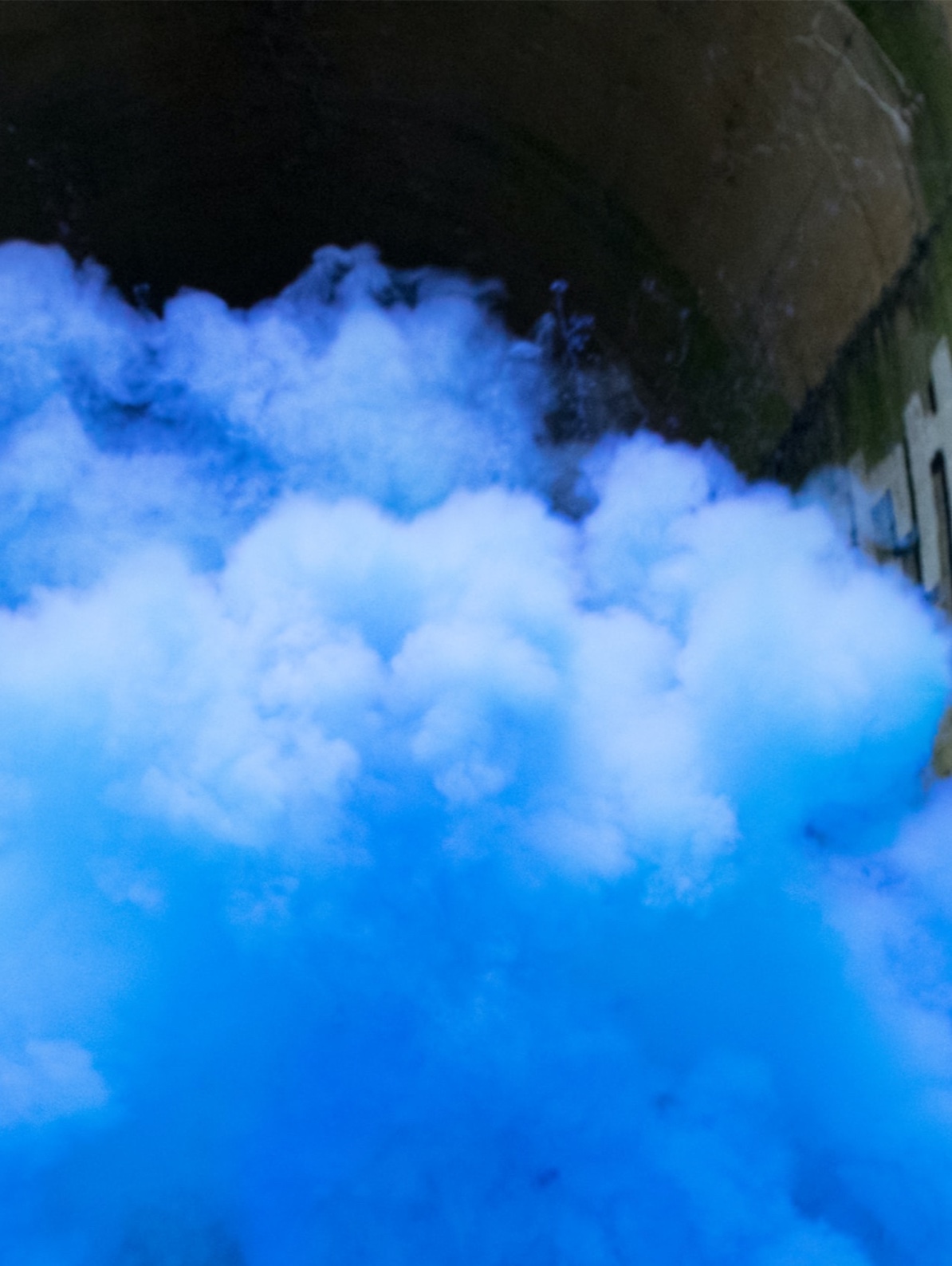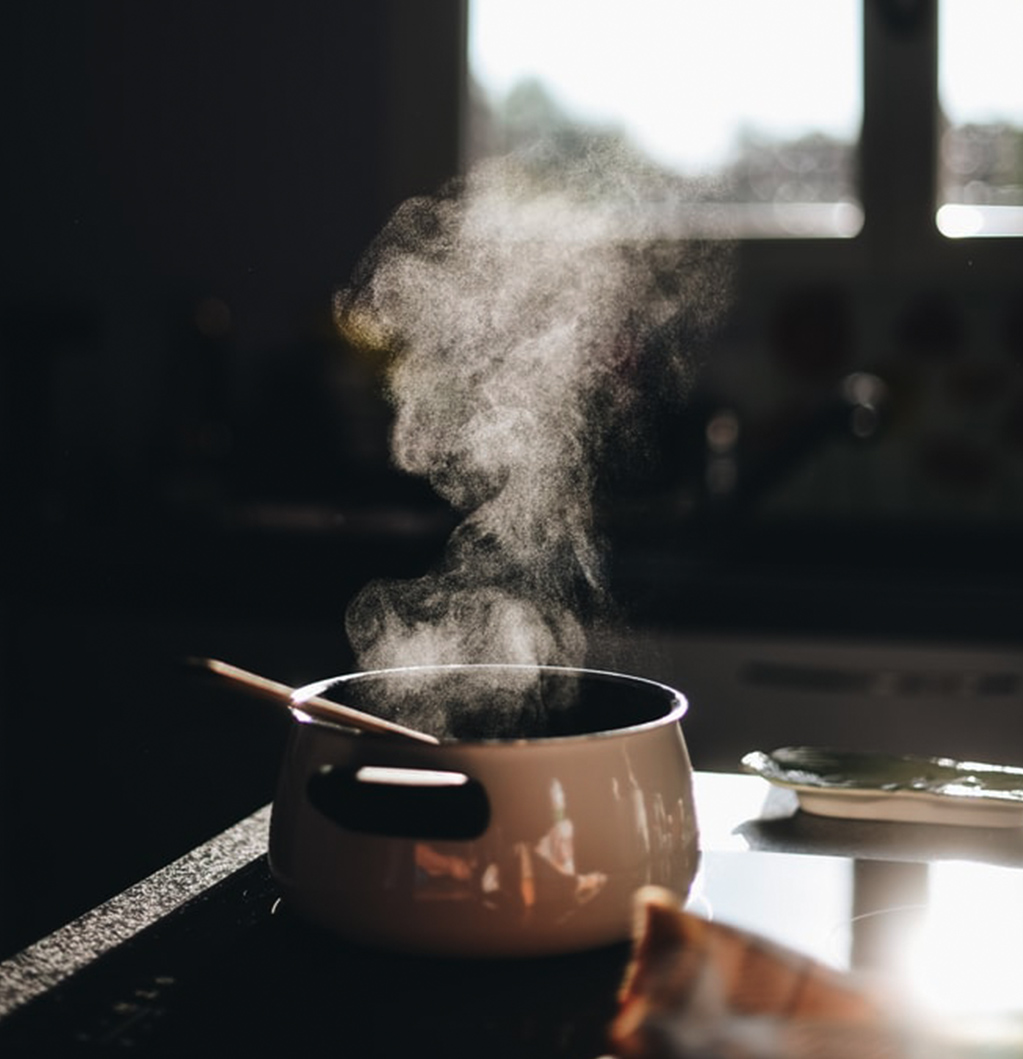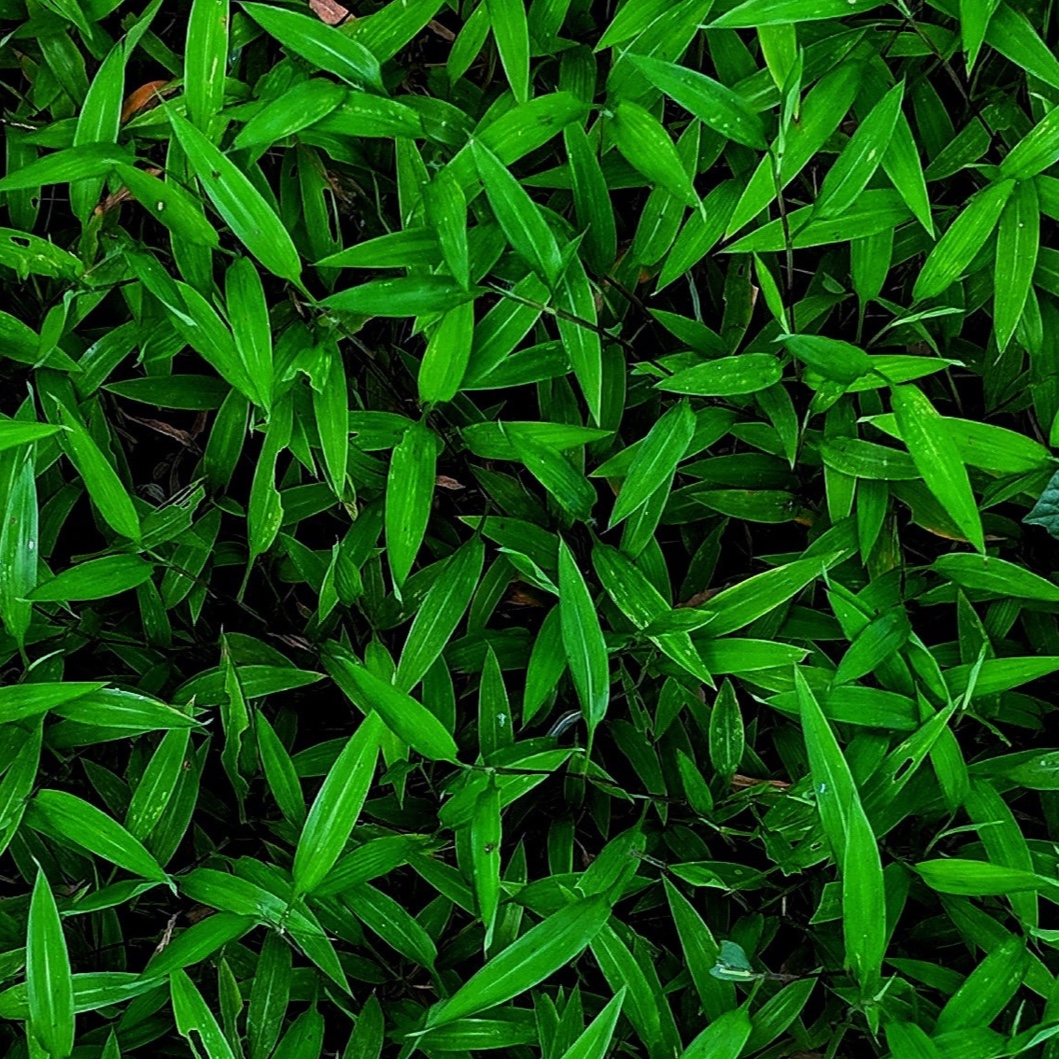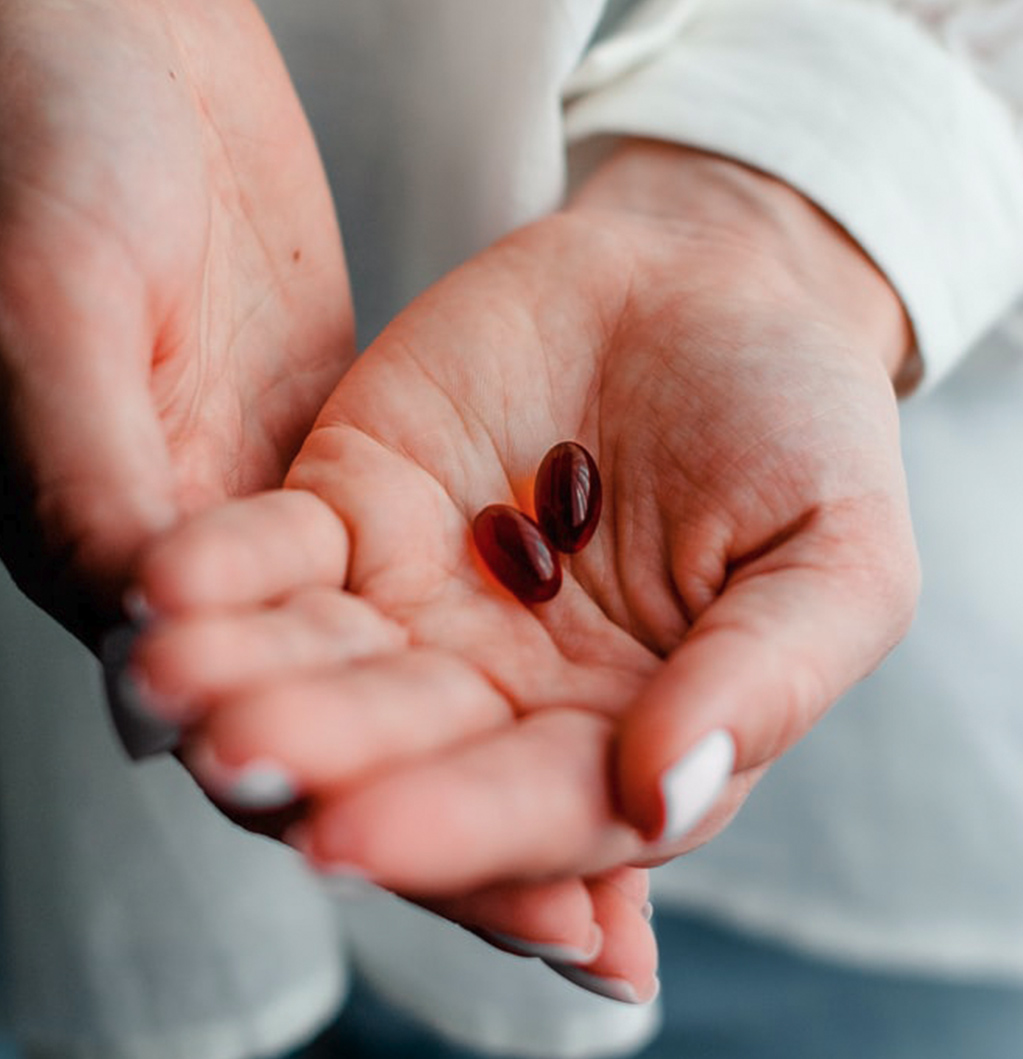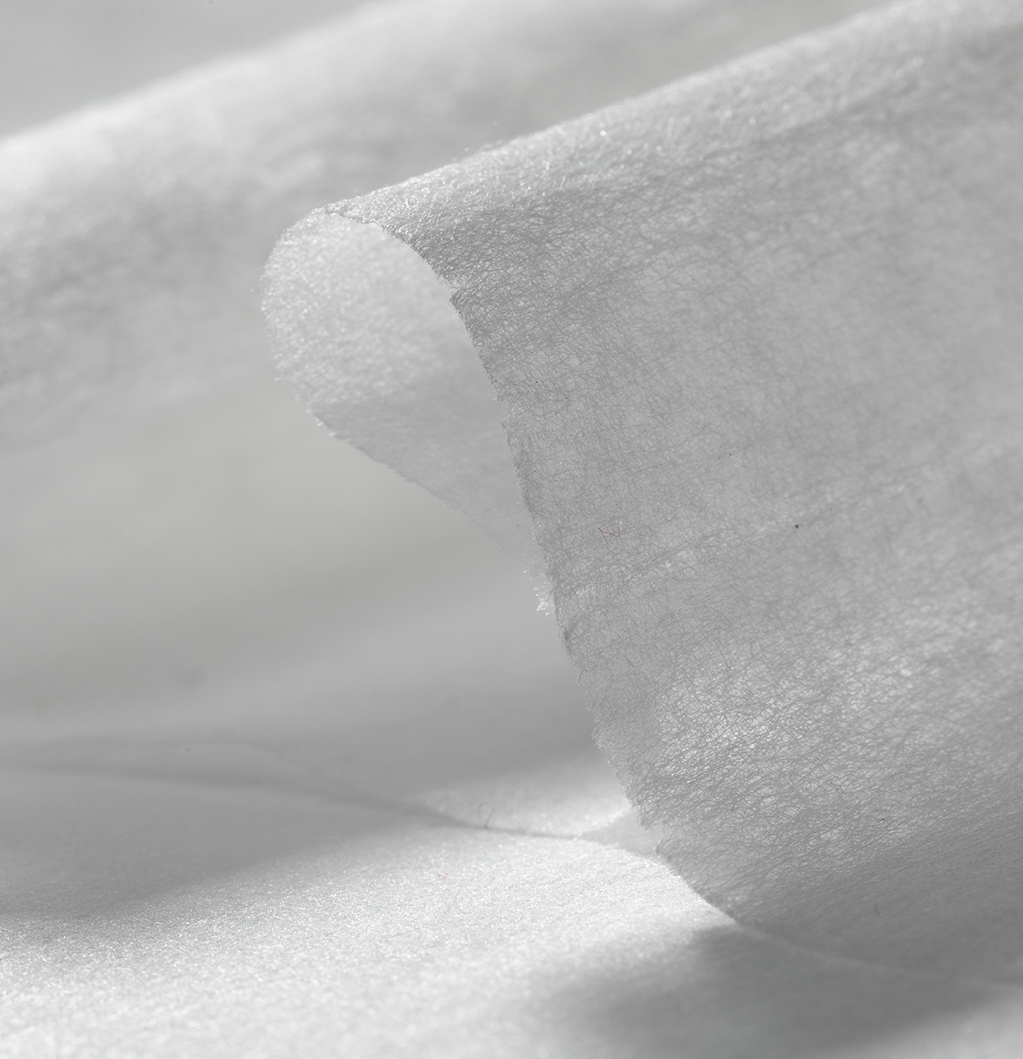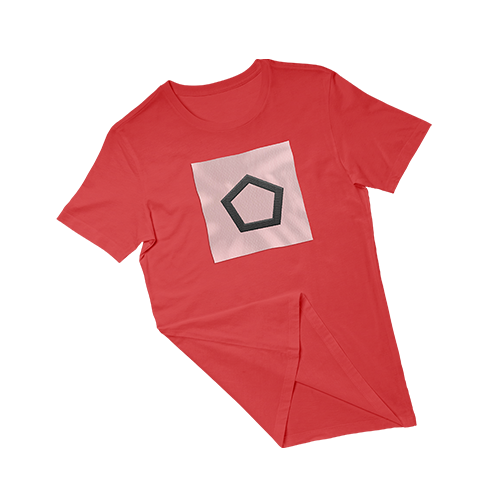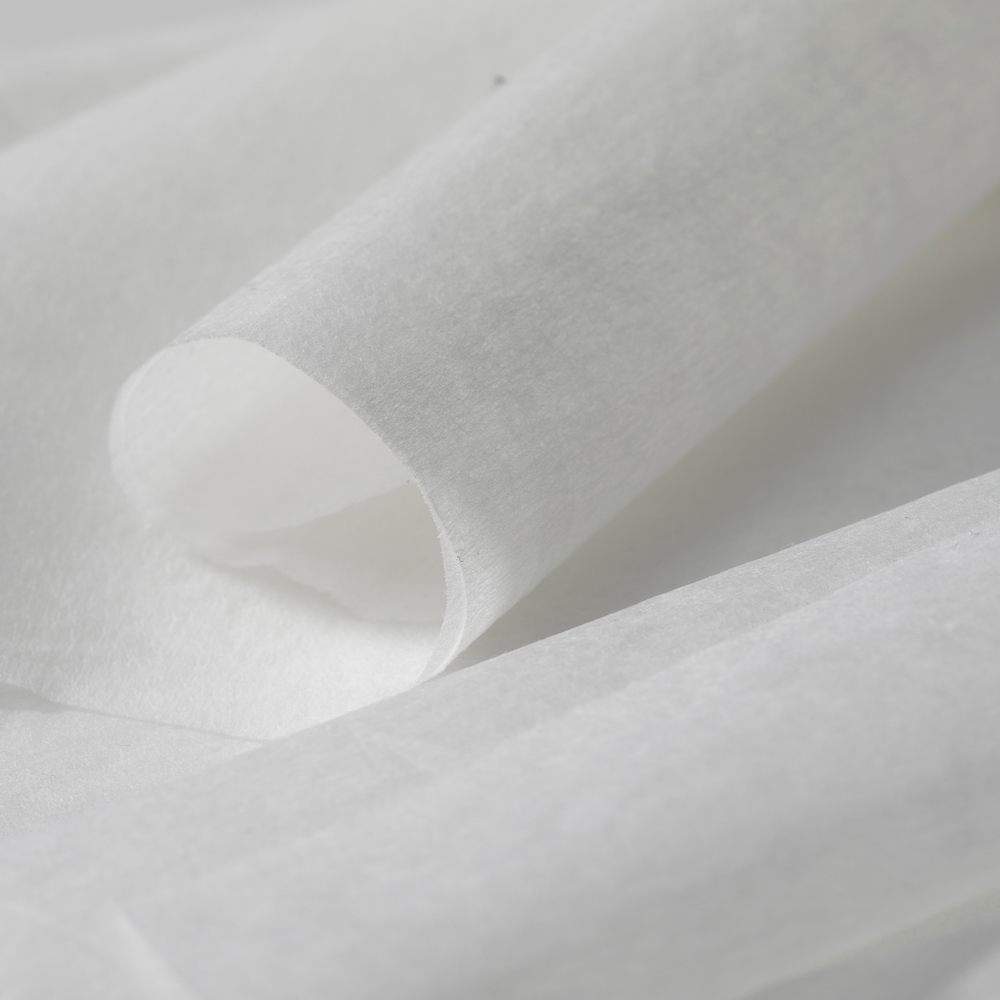Ingenious innovations
Fibres & Finishing Agents
01
Improving fluid transport by the selection of fibres and finishing agents.
Nonwoven’s scientists and researchers have discovered that the careful selection of fibres and binders can significantly influence the fluid transport mechanisms of novel, high-tech nonwoven fabrics.
Quick and uniform release of the flavours and nicotine are a key consideration in the packaging of ‘Snus’ and non-tobacco products. Fibre selection has a special importance when designing nonwoven materials that are used for such products.
Nonwovenn’s processes ensure their fabrics are characterised by flexibility in producing optimised homogeneity of attributes using a two-layered, parallel single carding manufacturing route. This construct ensures a high degree of control of the attributes not only in maintaining a high level of strength and stability, but also offering the additional control of the engineering aspects of the fabric requirements. Fibre selection enhances these attributes and influences fluid transport and management of the constructed nonwoven fabric.
Nonwovenn is highly skilled in incorporating fibres of differing shapes into its fabrics. We predominantly use cellulosic fibres such as Viscose and Lyocell that are bonded by the incorporation of a binder to enable the required level of mechanical integrity. But our researchers have found that by the careful selection of the degrees of the fibre fibrillation available, or by the use of fibres that have surface channels or grooves that increase the fibre surface area, the nonwoven fabric’s transportation properties are greatly improved.
These carefully selected cellulosic fibres with ‘multi-lobal’ surface channel or grooves can alter and improve the diffusion-based fluid transport characteristics along the fibre as well as via the classically observed capillary flow through the fabric cross section. This offers considerable advantages when used as a material for Snus and nicotine delivery pouches.
Our scientists have also found that selecting particular fibre finishes improves the characteristics and physical behaviour of the fibre when challenged to the carding process. These finishes can greatly affect the fabric qualities.
Nonwovenn’s research shows that rendering the fibre more hydrophilic by using, for example, a carboxylic acid-based derivative can be advantageous in transporting flavours and other fluids found in the media packaged. We have found that the finish can also increase the fabric’s resistance to flavours and humectants with the addition of triglycerides.
Our nonwoven materials can also be created using fibres that are either in a ‘dull’ or ‘bright’ format which can alter the fabrics’ optical qualities. Nonwovenn has shown that removing fibres that contain titanium dioxide (TiO2) from its processes result in a far brighter and potentially more appealing fabric to consumers, as well as being more sustainable.
As fabric engineers, Nonwovenn can design a pouching material that can meet the demands of this exacting market by the careful selection of all materials used.
